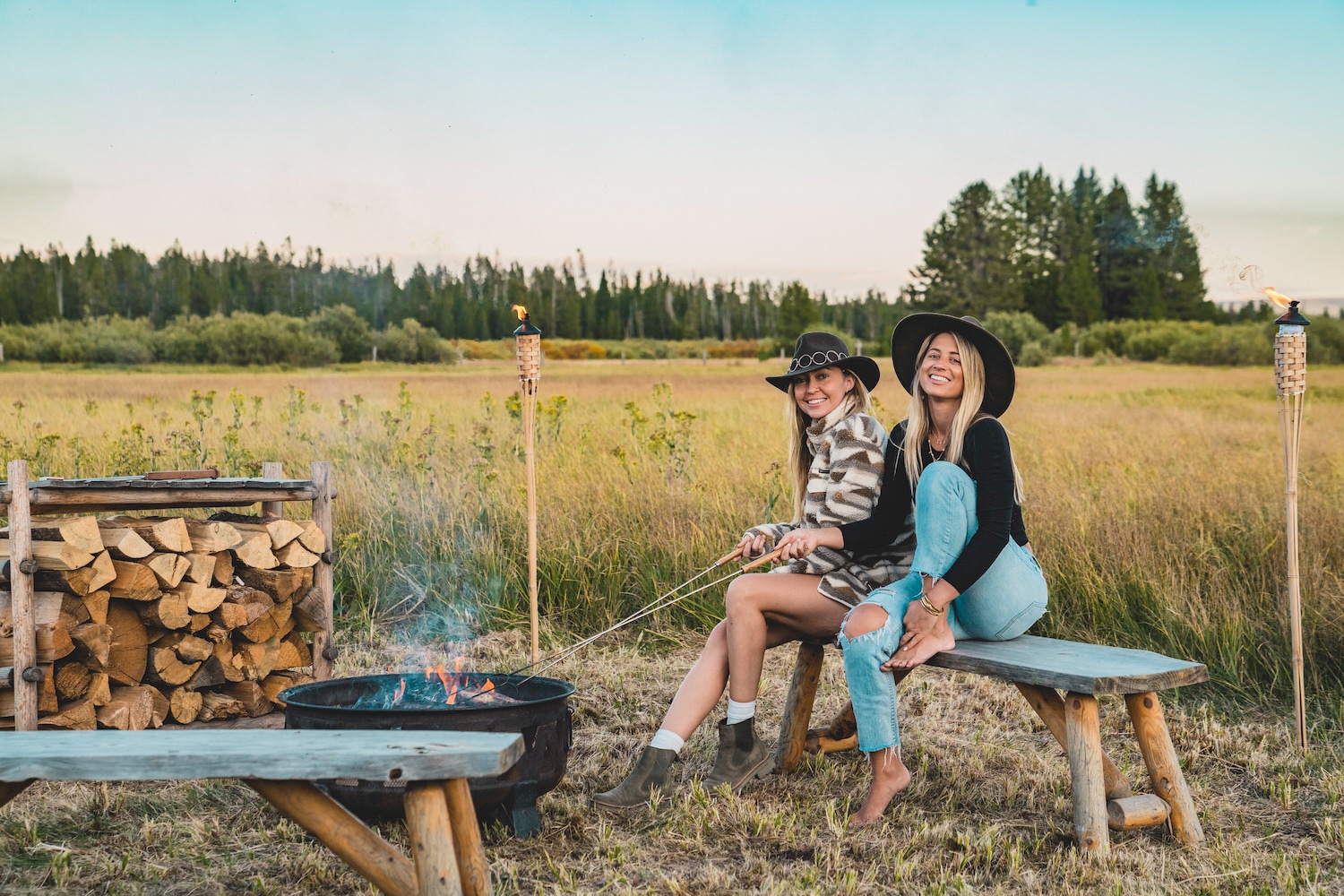
How to Get There
Two main airports service the Yellowstone area included Bozeman, Montana and Jackson Hole, Wyoming. Renting a car is necessary and essential to enjoying your time to the fullest here. The price per vehicle into Yellowstone National Park is $35. The most popular months to visit are June, July and August (duh) but April/May and September/October offer optimal wildlife viewing and a bit fewer crowds. Winter is frigid with highs between 0 and 20F, so enter at your own risk 🙂
Note* It’s always important to remember that wildlife is just that: wild. As Yellowstone is know for being home to ~10,000 geothermal features, it’s imperative to stay on the boardwalks.
Where to Stay
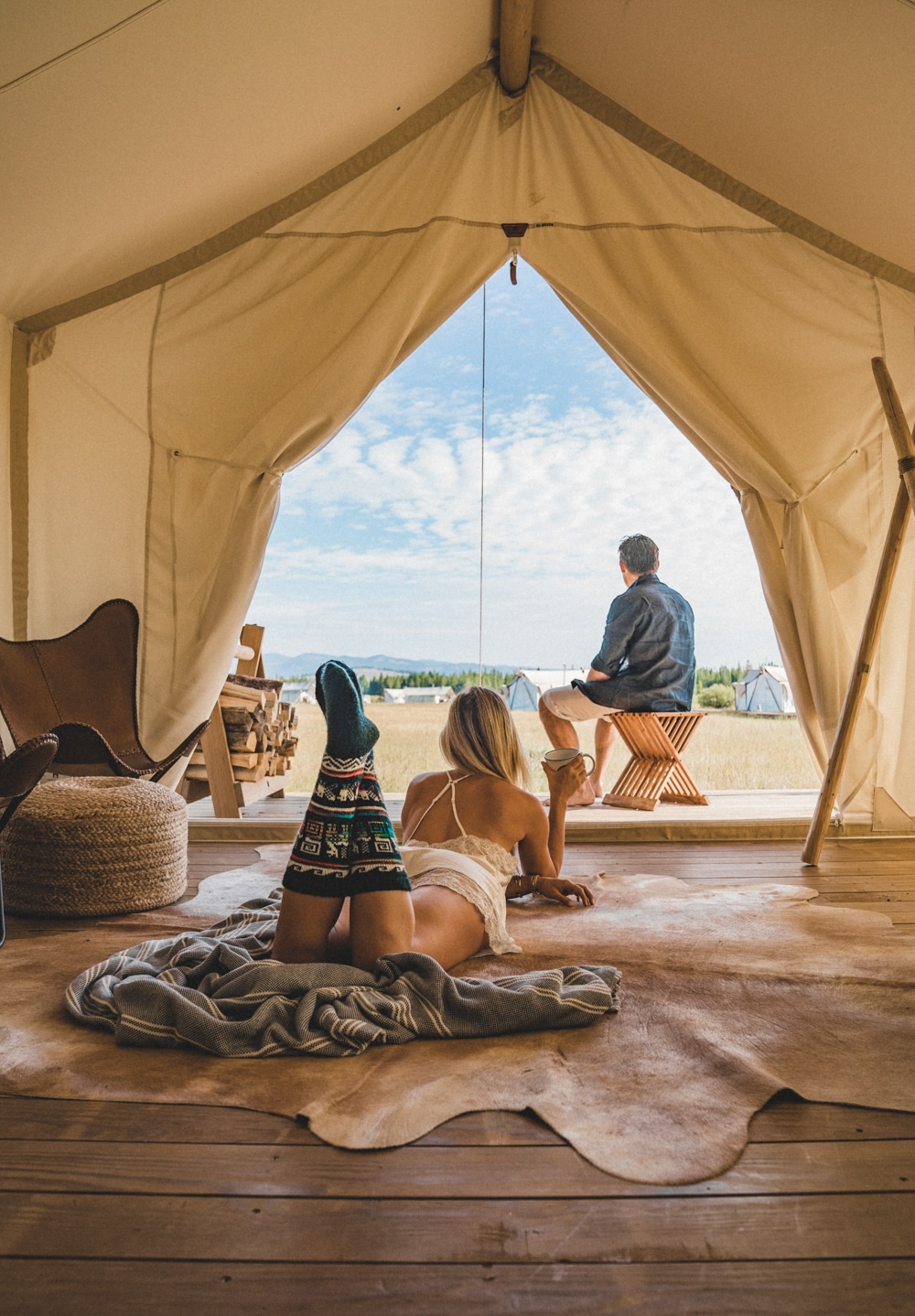
West Yellowstone, Montana: Our first home-away-from-home was with Under Canvas Yellowstone, just 10 minutes outside the park. HOW have I never stayed in one of these glamping tents before?! I feel like I’ve done myself and my readers a disservice by JUST NOW finding out about these beauties. Better late than never though, amiright?!
Highlights: the incredible staff (shoutout Karen, Kristo, Devin, Emma and team) for always being so kind and accommodating. The nights were chilly at the end of August (30s/40s BRR), but with the coziest bed and bedding plus a fireplace, we managed to get some decent sleep. The restaurant on-site was super convenient for the evenings when we didn’t arrive back until late. My favorite amenity was the coffee/tea service delivered straight to the tent at any time of morning we desired.
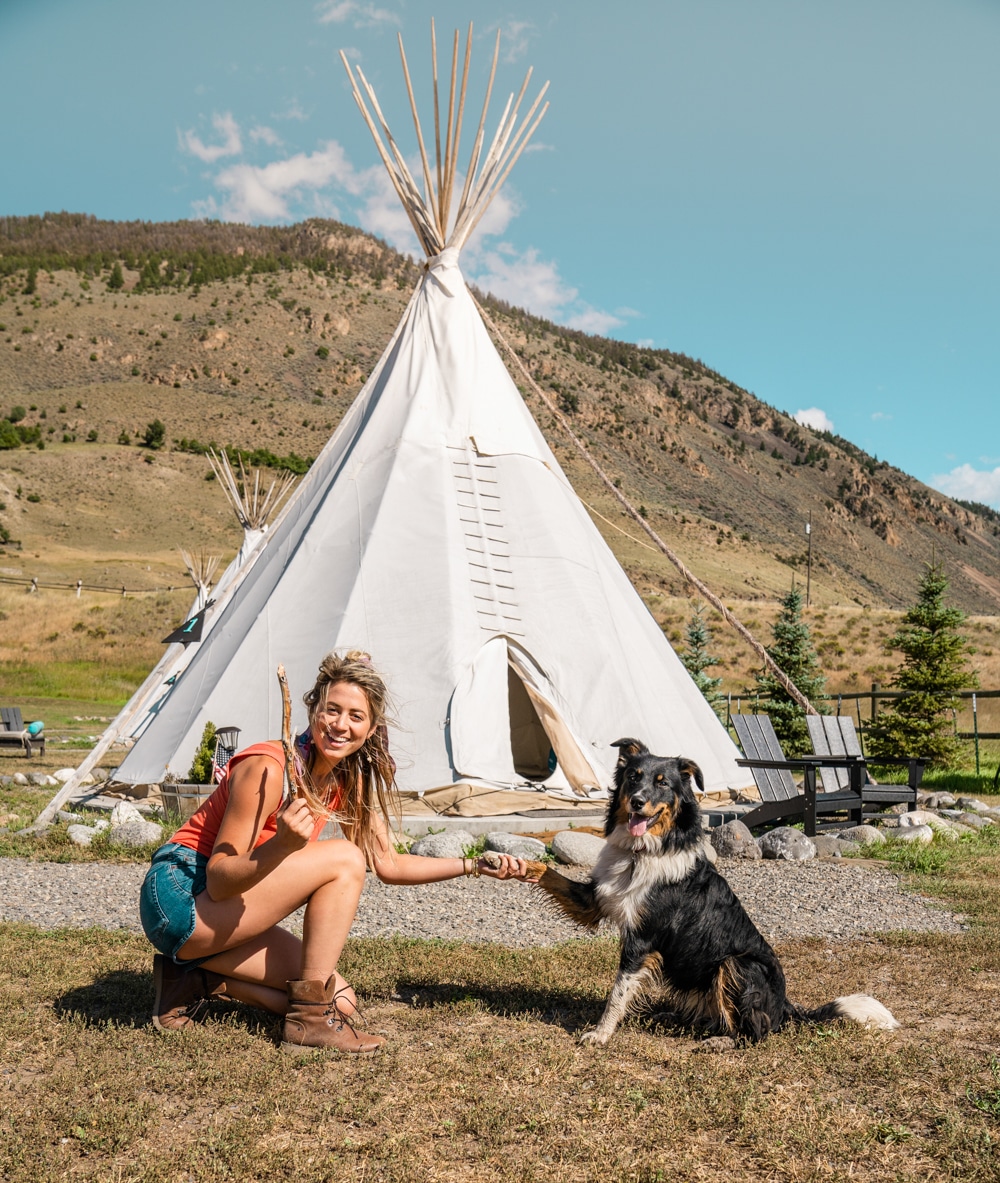
North Yellowstone/ Gardiner, Montana: Dreamcatcher Tipi Hotel was V *dreamy* with mountains views and cozy beds. I loved the heaters inside that made for warm nights as well as the heated bathrooms (a few yards from the tipi). The location is 10 minutes from the north entrance and not far off the highway – making it both 1) convenient but 2) a little loud in the mornings depending on what tipi you have. A highlight for me was the evening s’more session + wine, all complimentary for guests of the hotel every single night. OH, and the puppy above is named Dale and I want him to be mine for the rest of my days…but alas, he’s the neighbor’s dog and loves on all the guests of Dreamcatcher 🙂
To Dos
This magical piece of land resides in three states, and Wyoming boats 96% while Montana gets 3% and Idaho gets 1%. The park has 5 entrances: north, northeast, south, east and west. It’s MASSIVE covering an area of 2.2 million acres. Sooo it’s probably best to map out what you want to do before arriving 🙂
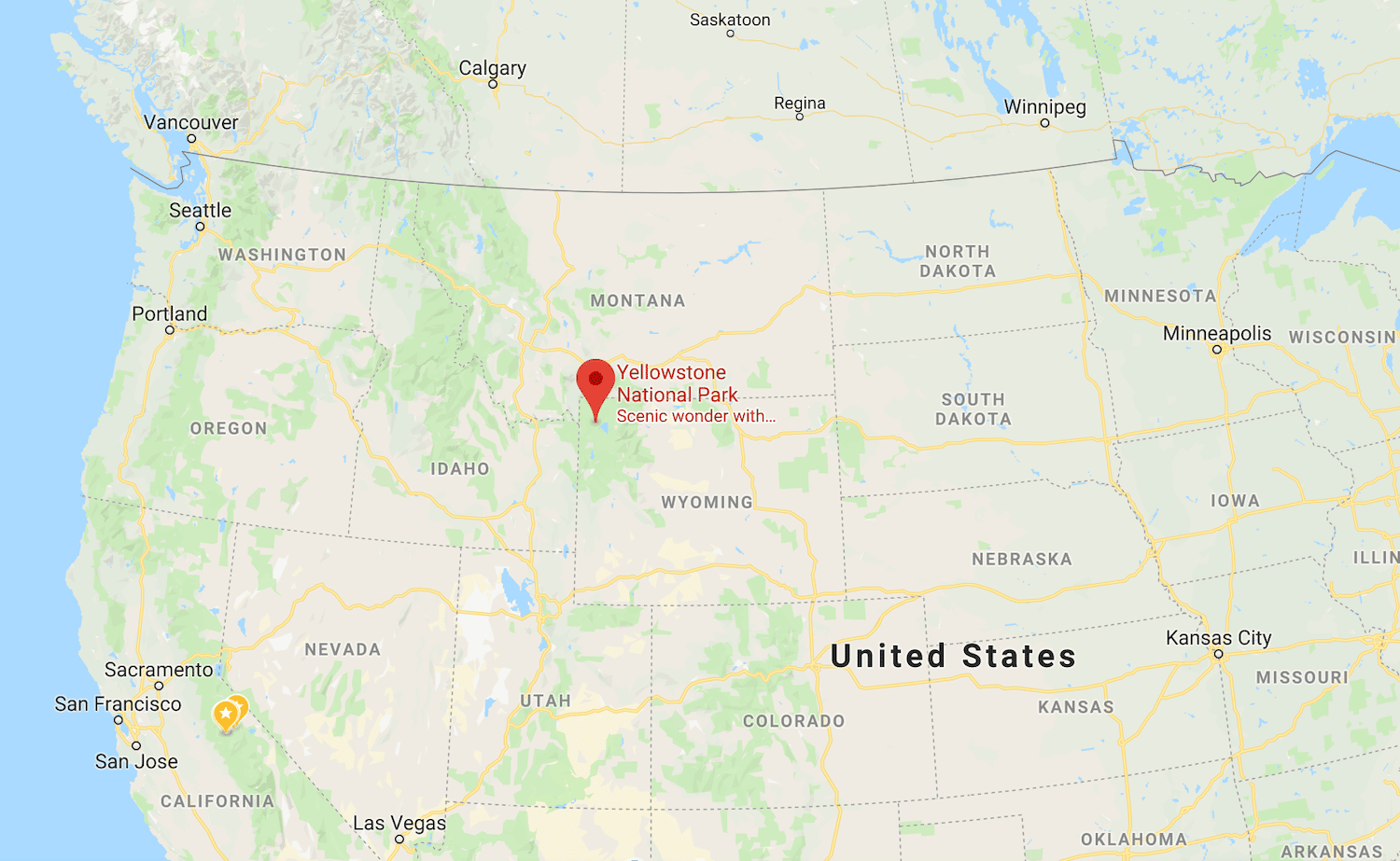
Fun Facts…
1. Yellowstone became the world’s first ever national park in 1872!
2. Yellowstone contains the earth’s largest array of geothermal features like geysers, hot springs, mud pots and steam vents.
3. The Grand Prismatic Spring is the largest hot spring in the U.S. and third largest in the world.
4. The end of August marked the National Park Service’s 104rd birthday! Thanks for all y’all do!
Day 1
Old Faithful – it’s not the biggest or the most regular geyser in Yellowstone BUT it is the biggest regular geyser 🙂 Old Faithful erupts every 35 to 120 minutes for 1 1/2 to 5 minutes with a max height from 90 to 184 feet. We walked up to the stands where everyone crowds around and immediately started down the pathway when BOOM, it erupted! I’d like to thank the person who exited the parking lot that day, giving us a quick entry. You’re the real MVP so that we could see Old Faithful when we did! Side note: I believe I was too busy getting boomerangs of OF to capture a legitimate photo. See more of Yellowstone on my IG Highlights.
Black Sand Basin – this quieter, colorful basin is close to Old Faithful and is named after its black sand (obsidian) which is formed when lava cools too quickly.
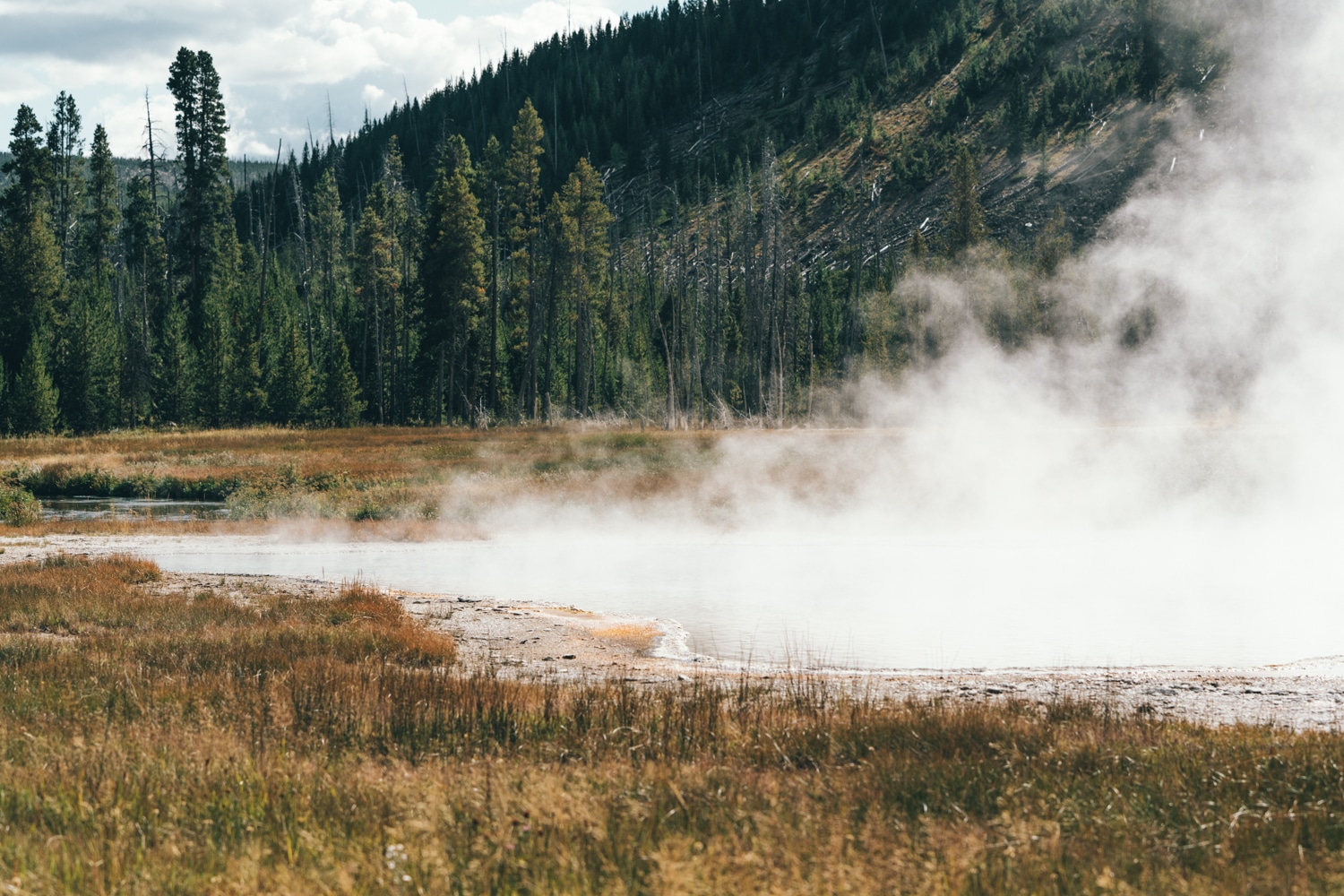
Grand Prismatic Spring – This was probably #1 on my list for Yellowstone, and it was NUTS to see in person. I’d heard from lots of others that sometimes the steam can be so heavy that it’s hard to get a good glimpse of the spring. It was the perfect day for *optimal* viewing pleasure, so we took all the fun photo ops we could 🙂 The turquoise pool that you’ve seen over and over in photos is approx. 142 – 170F. I would’ve loved nothing more than to see this thing from the air, but alas, no drones or helicopters in the area. The vivid colors in the spring are the result of microbial mats around the edges of the mineral-rich water producing colors of the rainbow. The center of the pool is sterile due to extreme heat.
Fairy Falls Trail (Grand Prismatic Overlook) – When you can’t drone, you walk the .06 miles to the overlook. Park at the Fairy Falls trailhead and climb ~105 ft for a VIEW. In total, it’s a 1.2 mile there-and-back trail.
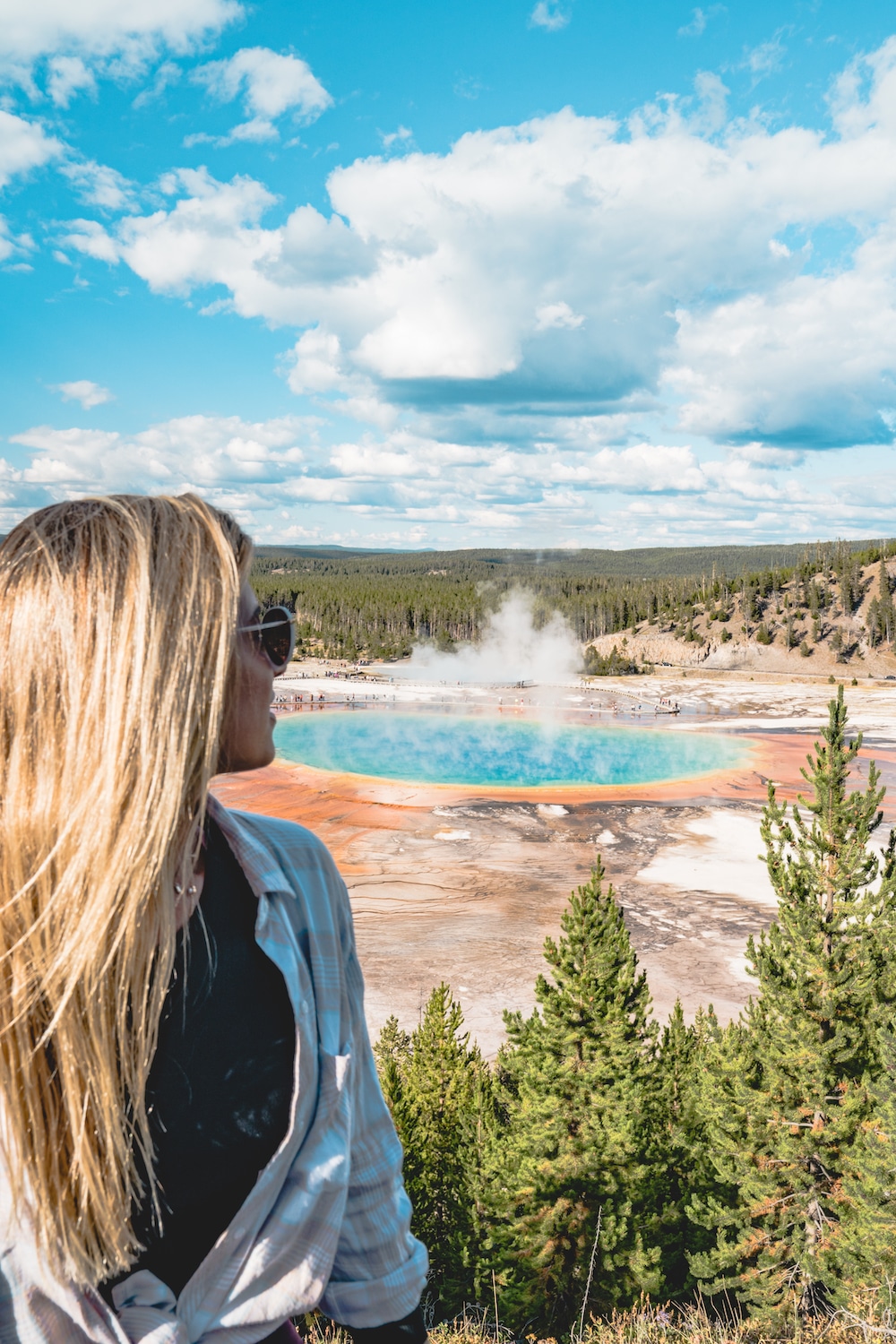
Day 2
Quake Lake – SO many gems exist outside of the park and go unexplored. Quake Lake is a beautiful yet super eerie spot where the largest earthquake took place in Rocky Mountain history back in 1959. It caused an 80-million ton landslide, killing a large number of campers and eventually cutting off the river causing the formation of (Earth)Quake Lake…which is why you see a ton of trees popping out of the water!
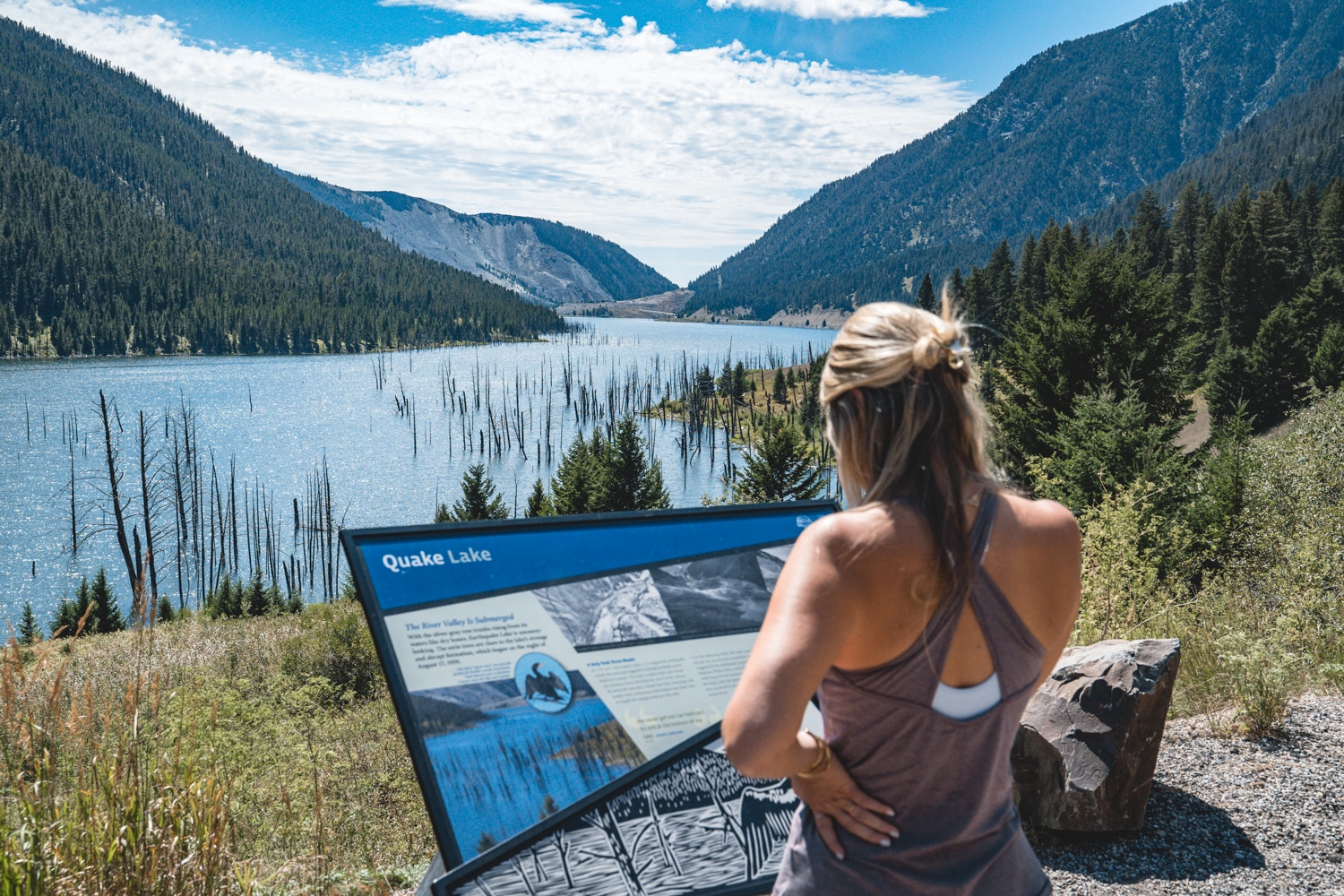
Grand Canyon of Yellowstone – The Yellowstone River has carved down more than 1,000 feet to create the Grand Canyon of the Yellowstone. The fun part is that a number of trails and walkways line the north and south rim + paths down into the canyon. It’s truly an adult (and photographer’s) playground!
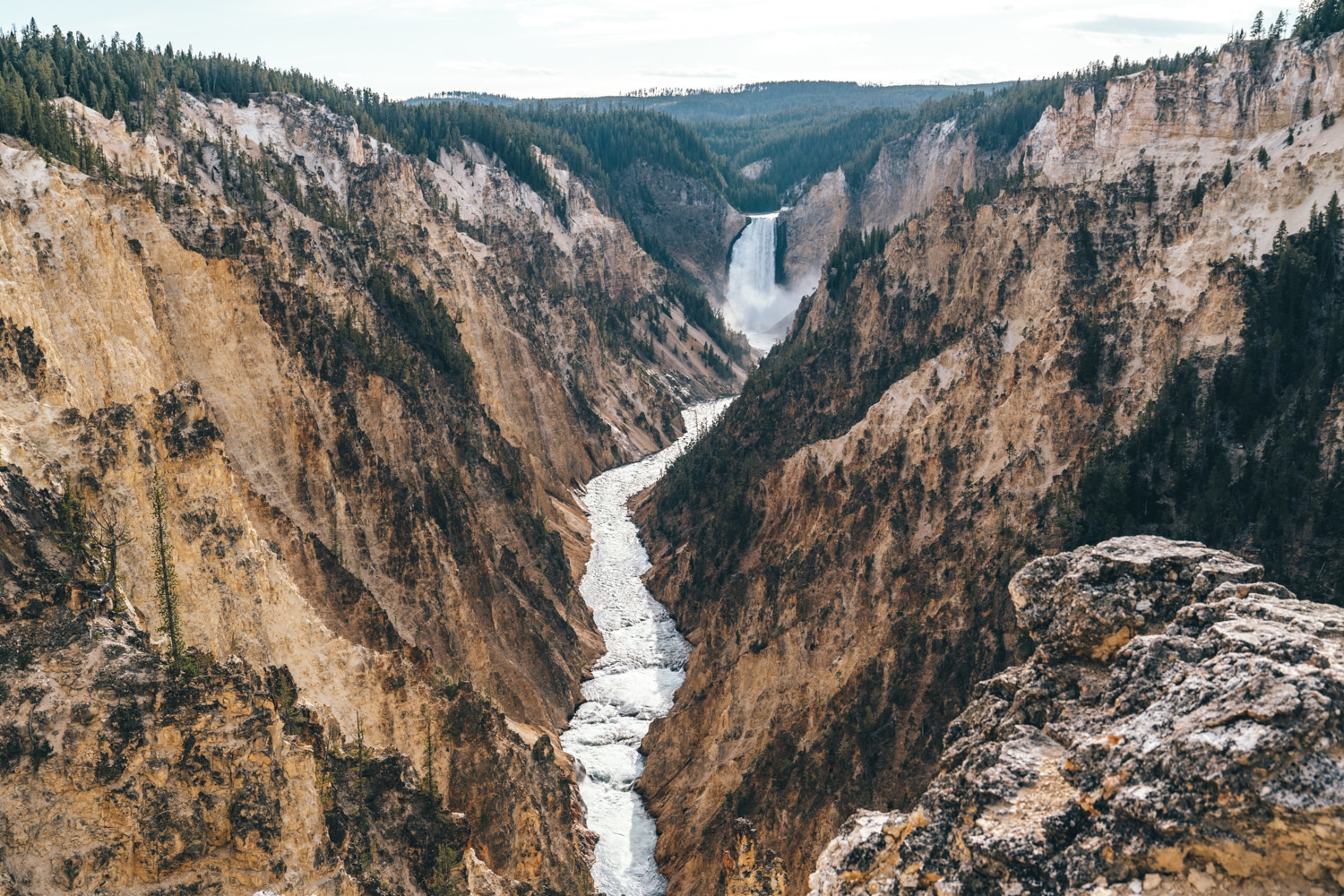
Highlights on the North Rim included Lower Falls and Lower Lookout Point. A favorite on the South Rim included Artists Point (a favorite overlook point among many due to the stunning waterfall view. If timing allows, hike from Artist Point to Sublime Point!). The brink of Upper Falls is currently closed due to construction.
Day 3
Norris Geyser Basin /Porcelain Basin and Back Basin – Norris Geyser Basin is the hottest, oldest, and most dynamic of Yellowstone’s thermal areas. Porcelain Basin is barren of trees and provides a sensory experience in sound, color, and smell; a 3/4-mile boardwalk trail accesses this area. Back Basin is more heavily wooded with features scattered throughout the area. A 1.5-mile trail of boardwalks encircles this part of the basin.
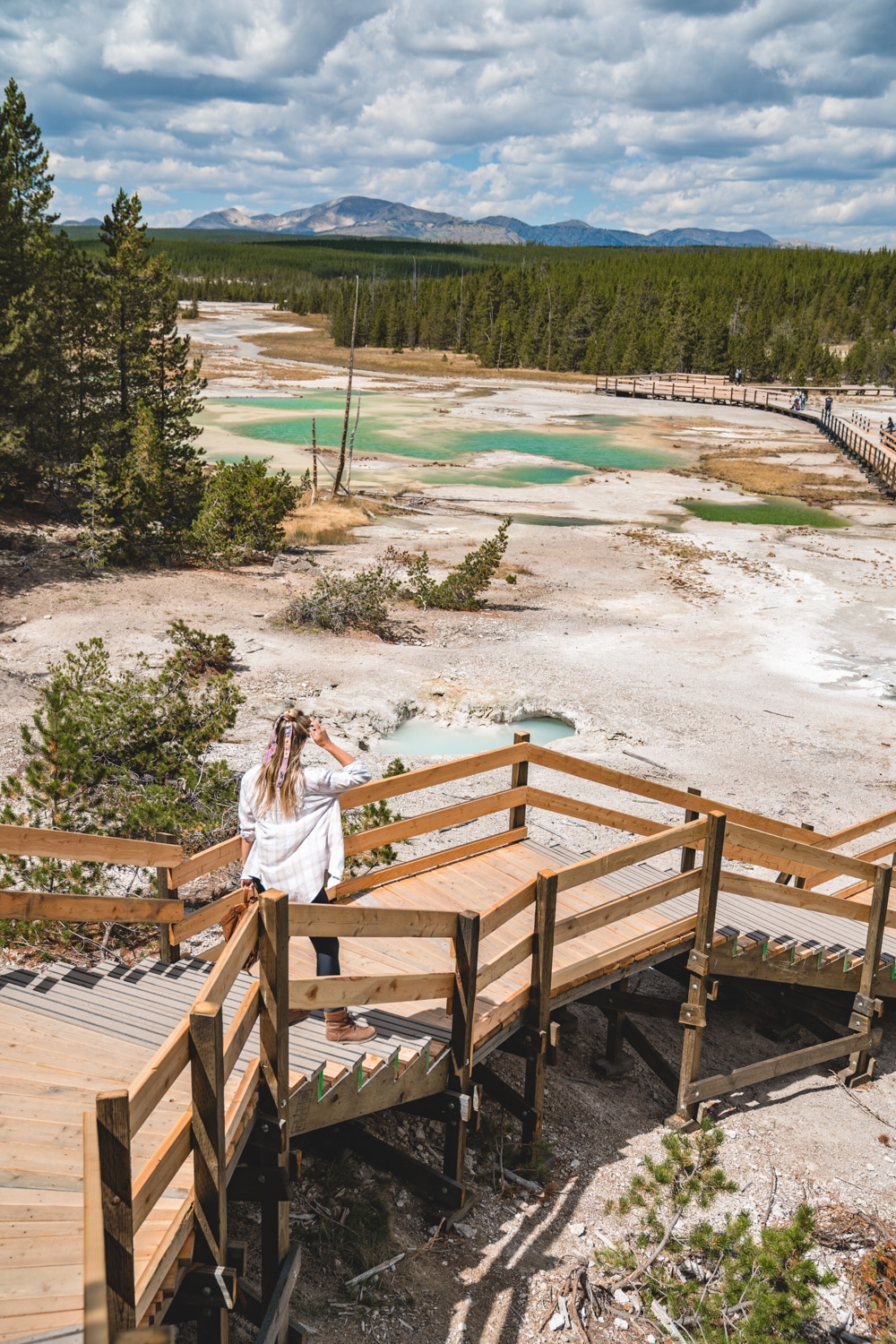
Mammoth Hot Springs – You cannot – I repeat you CANNOT – swim in Mammoth Hot Springs lol. I may or may not have visited in a swimsuit and towel…to realize shortly thereafter that Mammoth is only meant for observation…or death upon entry into its springs. Make space for at least an hour here to walk the many boardwalks as they cover about 1.75 miles with 300 feet of elevation change. Don’t miss the Canary Spring in the upper terraces where teaming water flows down the orange and white terraces. The bedrock of limestone at Mammoth Hot Springs (not common elsewhere in the park) has provided material for centuries of slow building mineral terraces.
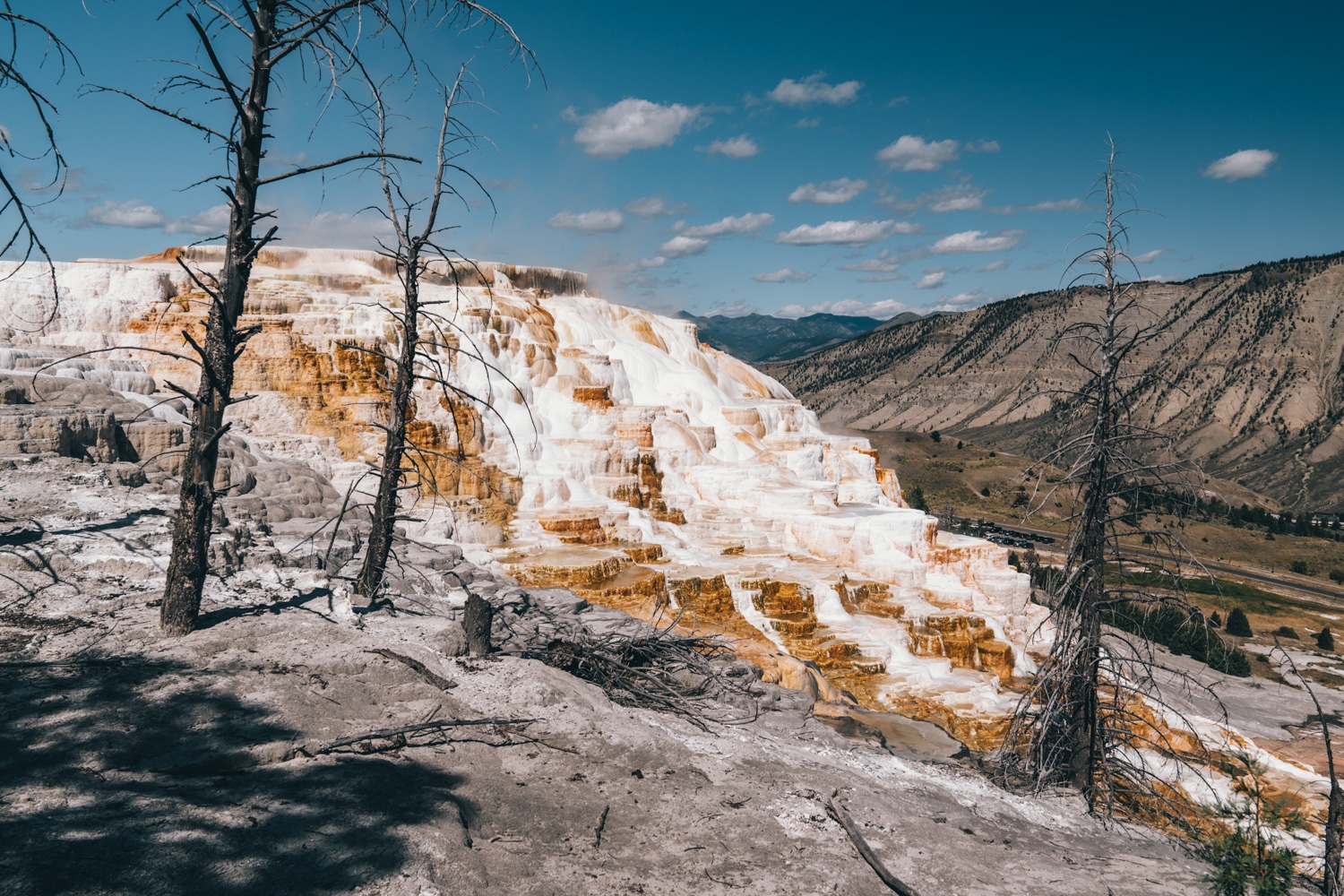
(We then drove on to our second “home” from here, the Tipi Dreamcatcher hotel.)
Day 4
Boiling River – My *favorite* spot in the entire park is right here! Grab a swimsuit and spend at least an hour, if not more, basking in the crystal clear waters of the Boiling River. A stream of hot hydrothermal runoff mixes with cold river water to form an only-in-Yellowstone kind of hot springs. In some places I was FREEZING and in others I was frying. Finding the perfect mix is easy, and the experience is truly magical…so much so that I conducted a fun lil tub talk because it reminded me of the perfect bath water!
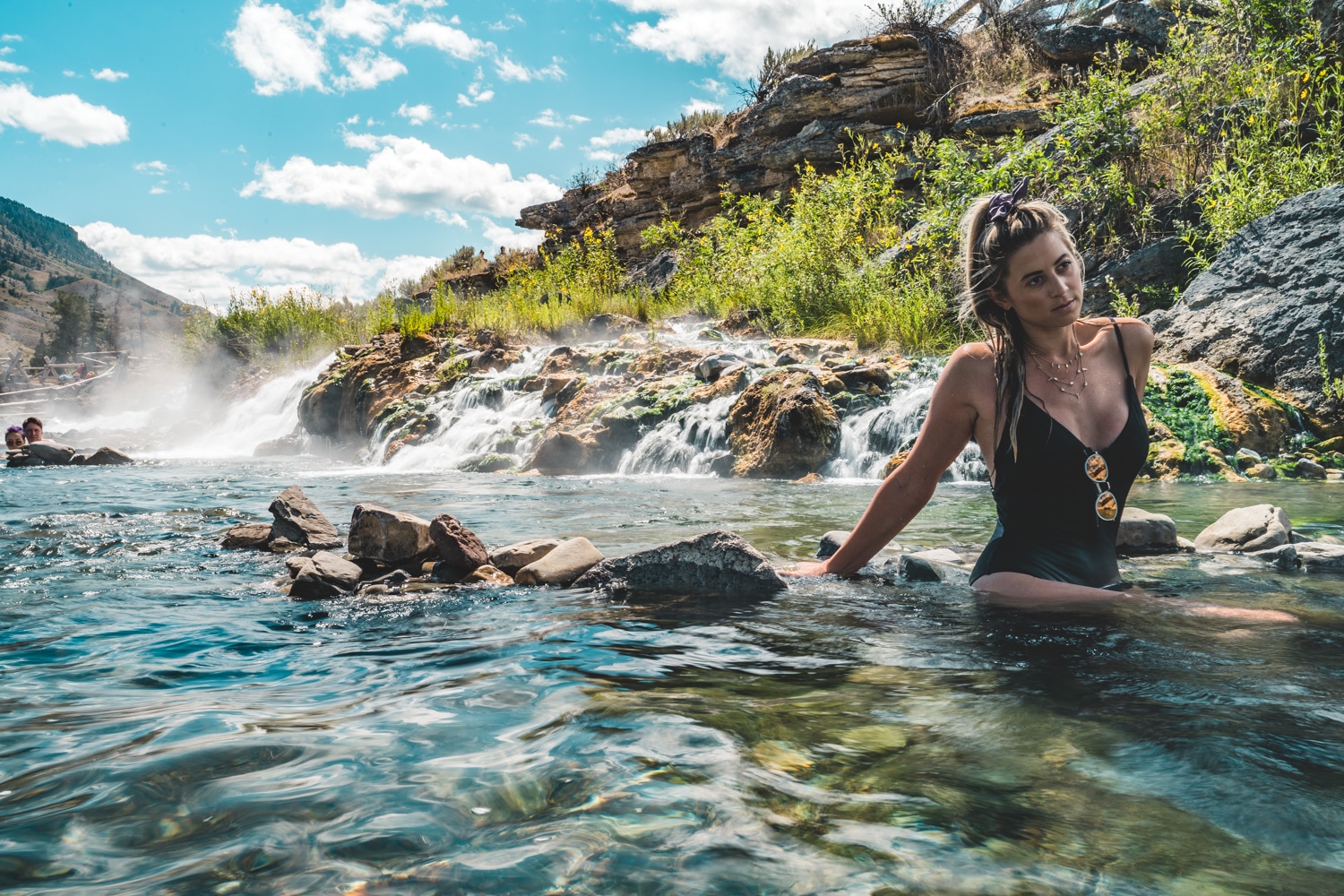
Lamar Valley – Bison and elk and bears, oh my! I’ve heard of this spot being referred to as the Serengeti of the Americas due to its hotspot for wildlife viewing. Aside from the incredible bison, elk and bears, we also saw coyotes and pronghorns. If you’re into fly fishing, this is the place. If you’re driving from Mammoth Hot Springs, take Grand Loop Road east past Tower-Roosevelt, then continue on the Northeast Entrance road. We went all the way to Pebble Creek and then turned around 🙂 If you want more wildlife, head to Hayden Valley in central Yellowstone next!
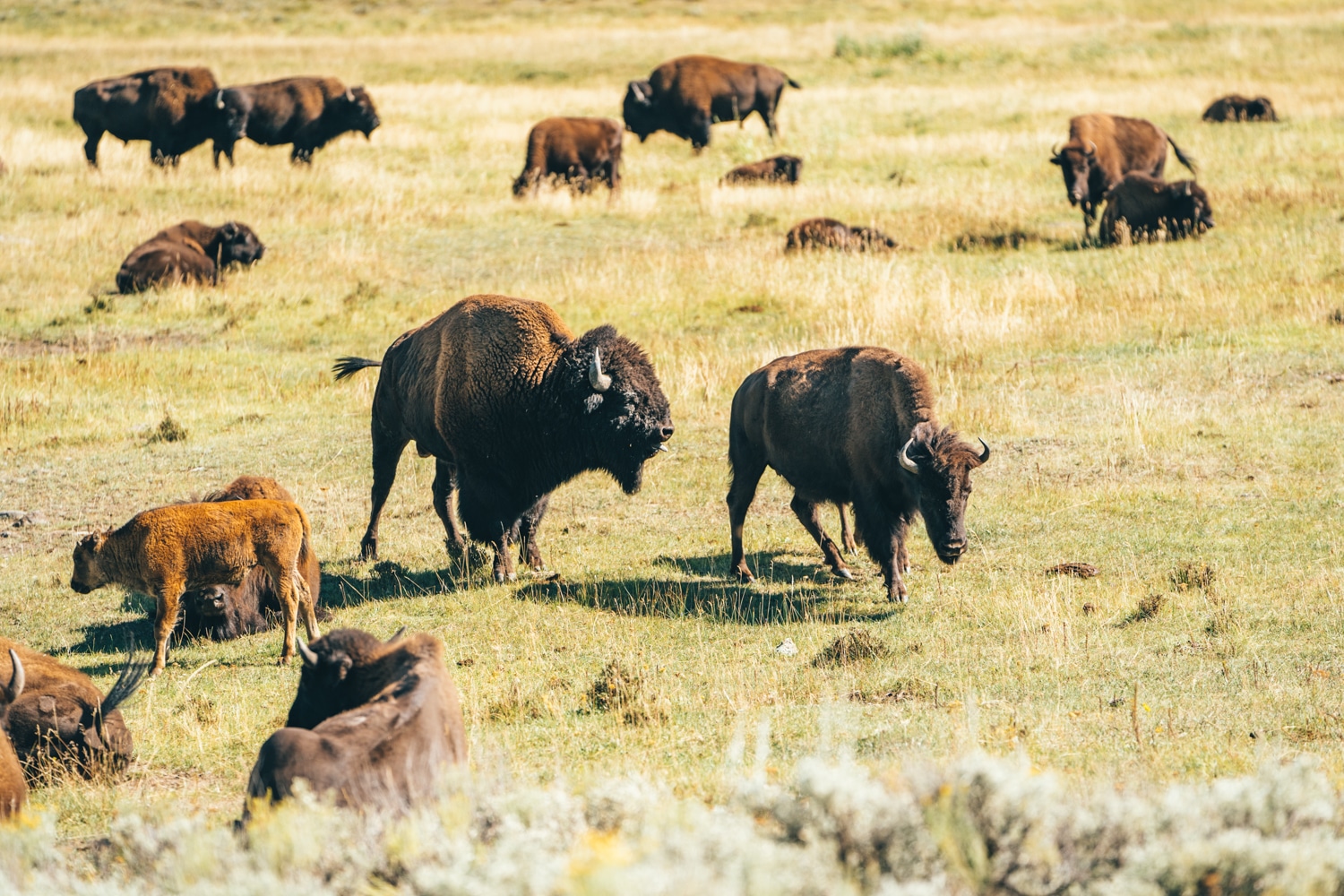
Wildlife Spotting Tips:
- Pack binoculars! Many animals are tough to see with the naked eye.
- Look for groups of people *pulled over* – chances are that someone has spotted something GOOD!
- Be still. Park yourself at a good vantage point and wait quietly for wildlife to wander by.
Wanting more? There’s SO much to see in this area including Grand Teton National Park to the south and Glacier National Park to the north. I was a weee bit upset that we weren’t able to extend our trip to these areas but I told myself what I always tell myself: they’ll always be there…until next time!
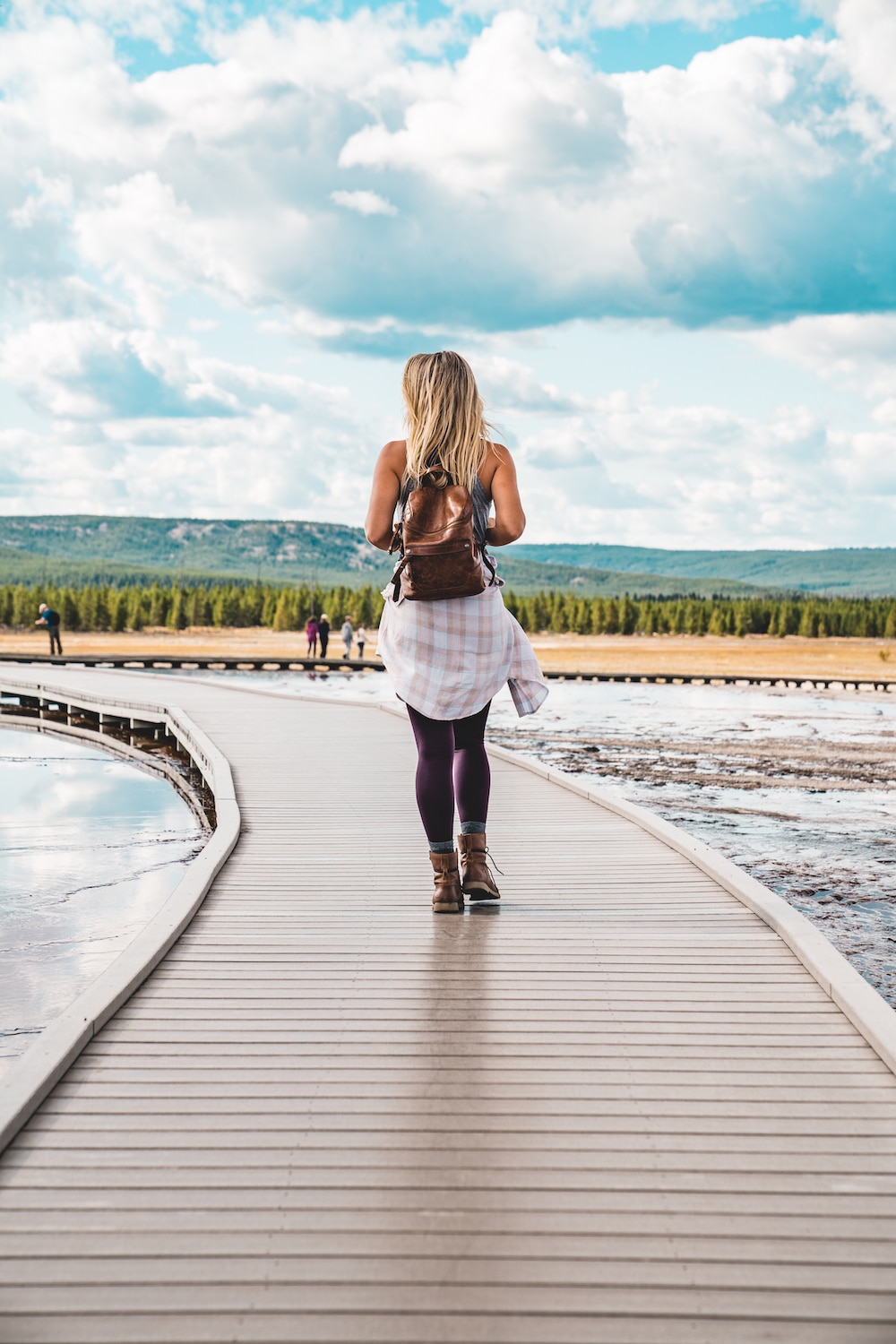

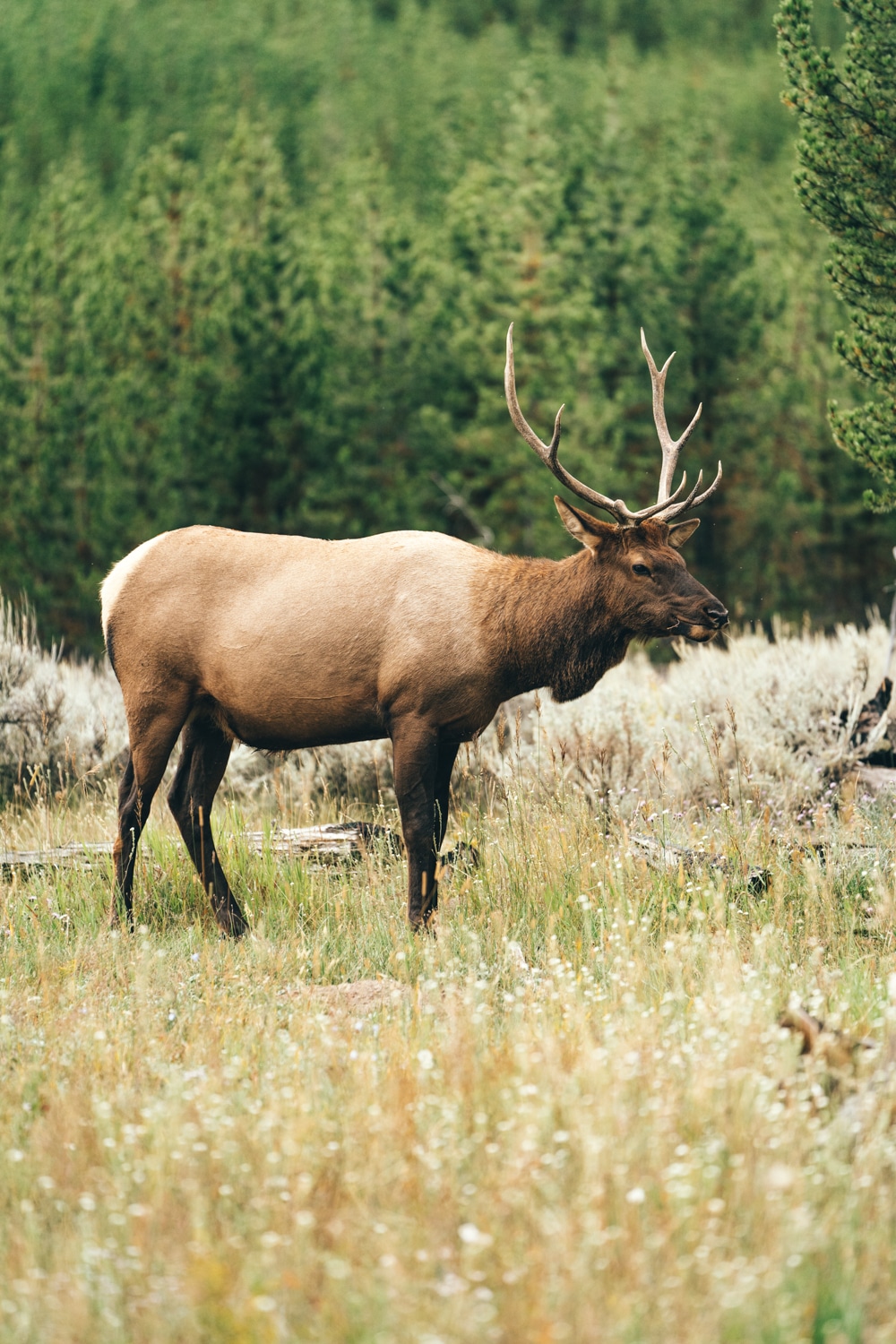
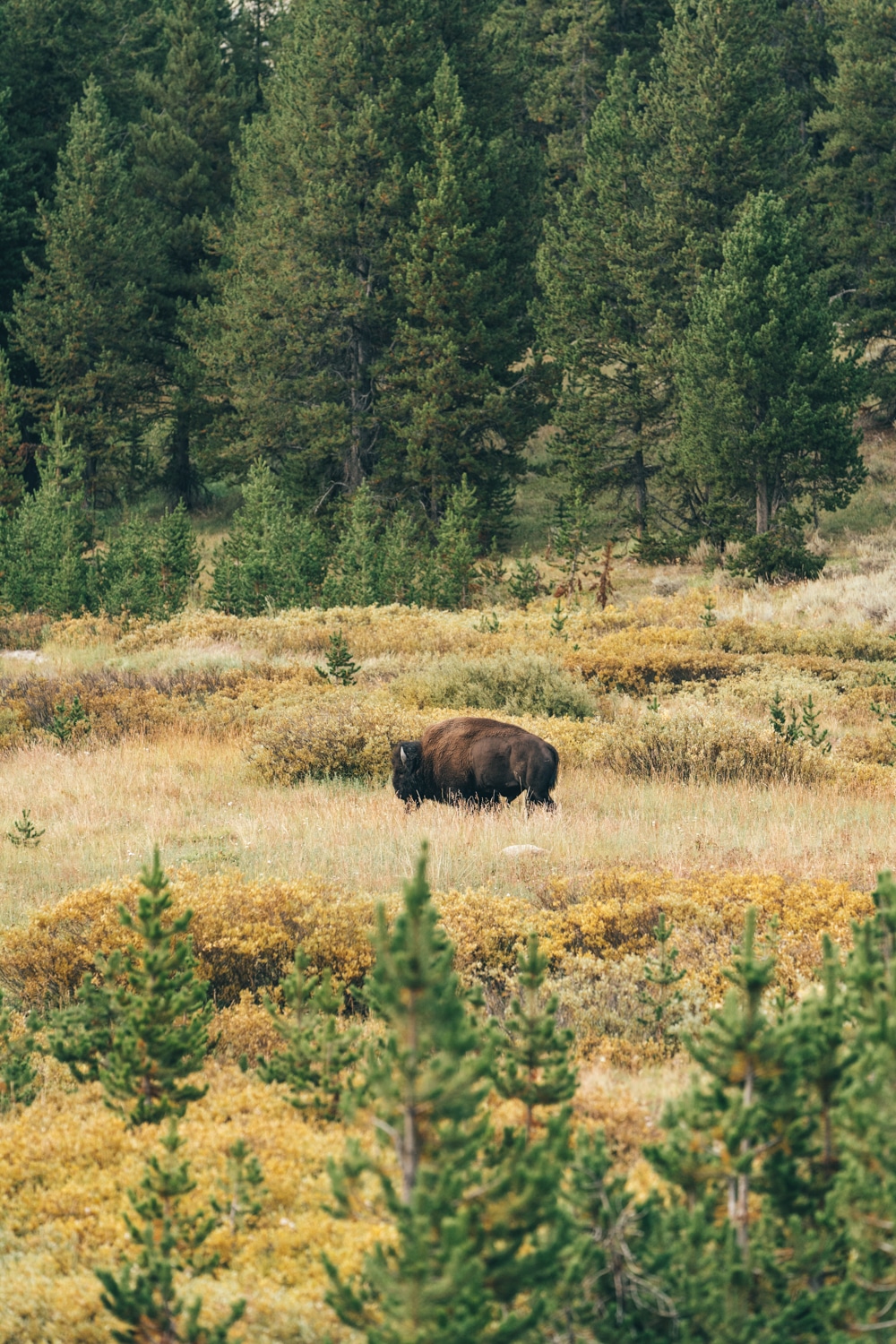
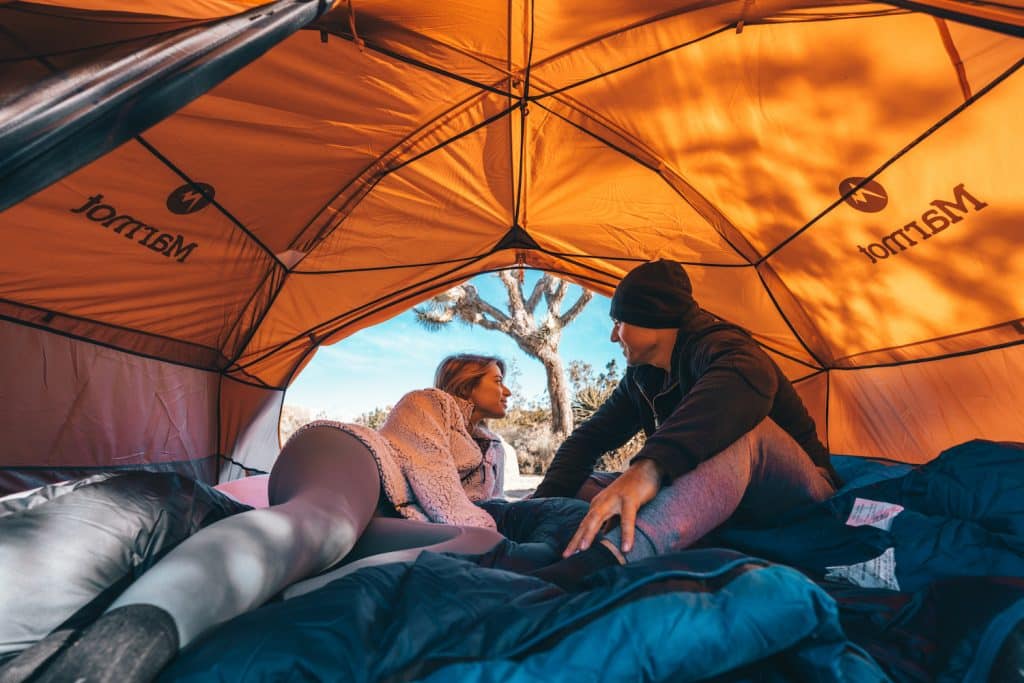
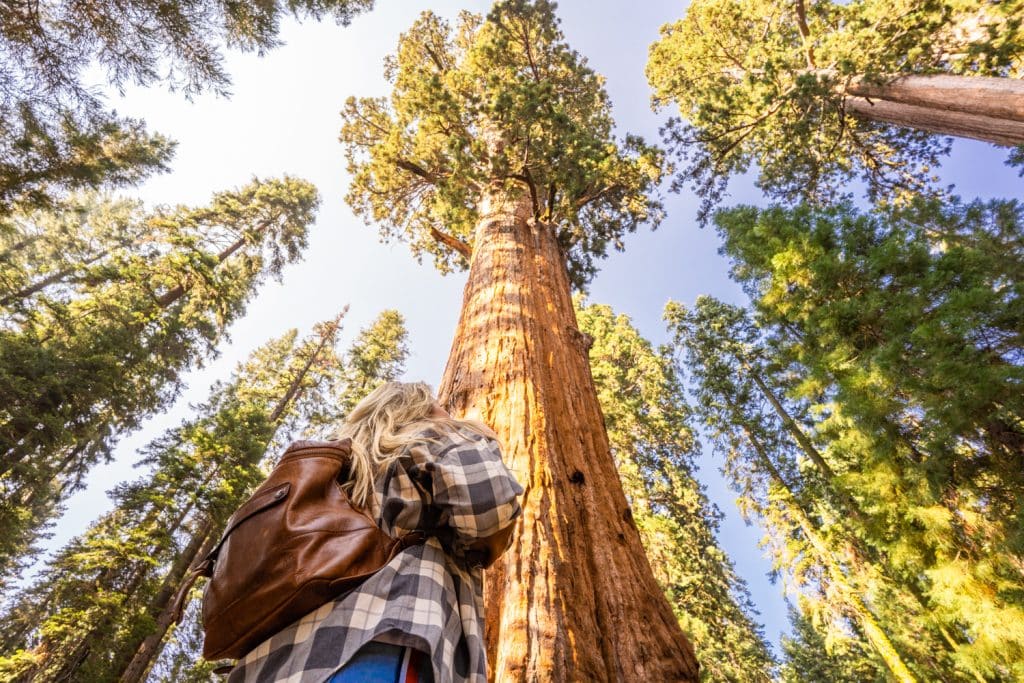
Another bucket list location of mine!!! I absolutely love your pictures and the detail of your adventures!! I never considered tenting it in Yellowstone, but I honestly think I could at one of these!! Lol.
I think we often forget the beauty we have right here in our “backyard” in the US and feel we need to travel abroad to see mother nature’s spectacular work.
Thank you for always sharing your adventures! #livingvicariouslythrulesley
Do you think I could follow your itinerary in mid-June (would it be too cold for Boiling River) or would you suggest going on August? I guess as you said, we just need to find the right temperature in the River.
Also, how were the bathrooms at Dreamcatcher?
What a beautiful place
I was there last month and absolutely loved it. We did a full day in the park which was way too short. YNP was part of a larger road trip but I vowed to go back and see Lamar Valley and all of the wonderful wildlife there. So glad you were able to spend several days. Thanks for the lodging recos. We past under the canvas so now know that it is a great place to check out on the next trip.
I just stayed at Dream Catcher hotel 2 weeks ago with my husband! It was dreamy! Great article!